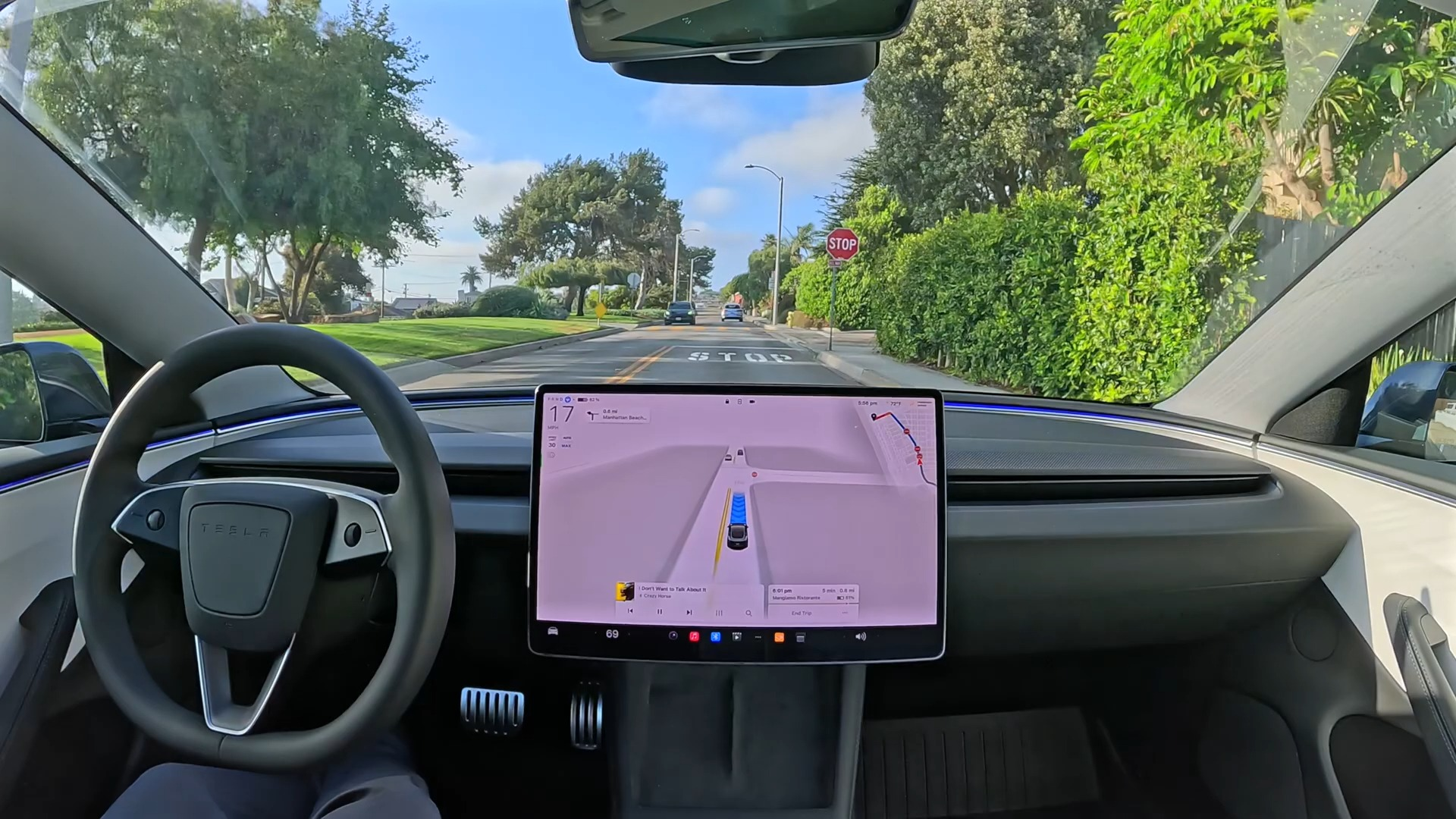
Recently, according to Teslarati, Tesla has set "Brake Confirm" to be turned off by default. On the surface, this is a minor adjustment to the user experience. However, from a technical and systems engineering perspective, this change involves multiple aspects such as human-machine interaction, functional redundancy, safety boundaries, and regression risks, and is worthy of serious examination. Firstly, this adjustment has changed the physical confirmation path for initiating autonomous driving: previously, it was necessary to step on and release the brake as a clear intention signal, but now it has become an optional feature in the software Settings, and the system no longer requires physical action by default. This fact has been clearly recorded in the latest version of the explanation and reports.
From the perspective of signal engineering and error pattern analysis, physical actions have a natural advantage in resisting false touches as a confirmation of "intent" - the force applied by humans is a high-confidence indication of intent. Removing this step from the default path, although it shortens the activation delay, also reduces a clear redundant verification. Redundancy verification is often used in safety-critical systems to combat operational errors, false triggers, and sensor failures. The elimination or weakening of redundancy must be compensated by adequate alternative mechanisms, such as stronger driver monitoring, stricter intent recognition algorithms, or multimodal confirmation processes. Current public information indicates that this change focuses more on providing a smooth experience and reducing the sense of "interruption", without simultaneously disclosing alternative safety mechanisms of the same magnitude.
From the perspective of software regression and version management, the v14 series branch has repeatedly fixed brake-related regression issues such as "brake stabbing" through point versions since its release, indicating that this architecture still has instability in actual road scenarios. In this constantly iterative environment, removing manual confirmation as the default setting, if not accompanied by A complete backtesting and A/B risk assessment, may amplify the consequences of regression in a few complex scenarios. Discussions on the sensitivity of braking behavior have been observed in the community and test feedback, suggesting that such changes should be bound to a more rigorous regression test matrix.
In terms of driver status detection (DMS) and adaptive interaction, the physical requirement of removing the brake pedal should be replaced by attention monitoring with higher confidence. Even if the system can determine on the interface that "the start button has been pressed", continuous verification of the driver's real-time gaze, head orientation, and holding of the steering wheel and other physiological and behavioral signals is still indispensable. If only one-time software triggering is relied upon without a continuous DMS link, the system's estimation of the driver's takeover ability will be weak, increasing the risk of human-machine discontinuity in supervised autonomous driving scenarios. The public version notes do not provide a detailed description of the precise algorithm and performance boundaries of this alternative link.
From the perspective of system design and compliance, this change will alter the traceable chain of actions during accident investigations and responsibility divisions. The clear operation records left by physical confirmation (such as the state time series of the brake pedal) help to restore the user's intention and system response afterwards. Changing the confirmation to the software default, although the log can still record events such as button presses, the determination of the distinction between "conscious actions" and "accidental touch" will rely more on algorithmic assumptions, increasing the uncertainty during judicial or regulatory reviews. Therefore, more fine-grained event markers and timestamps should be retained in the update description and on-board logs, and the verification methods and sample statistics should be made public to the compliance party.
Overall, turning off "brake confirmation" by default is an experience-oriented trade-off, but from the perspective of engineering and safety system construction, it requires an equal amount of verifiable alternative safety measures as a prerequisite. If physical redundancy is only relaxed to enhance the sense of seamless operation without simultaneously strengthening driver monitoring, regression testing and log traceability, it may amplify systemic risks in complex traffic environments.

U.S. Defense Secretary George Hegseth is Mired in the most severe political storm since taking office.
U.S. Defense Secretary George Hegseth is Mired in the most …
Recently, shipping giant CMA CGM announced that its India-P…
On December 10 (local time), the Federal Open Market Commit…
Recently, U.S. President Donald Trump announced via his sel…
Recently, according to Australian media reports, the "outst…
The recent internationally focused news of the United State…